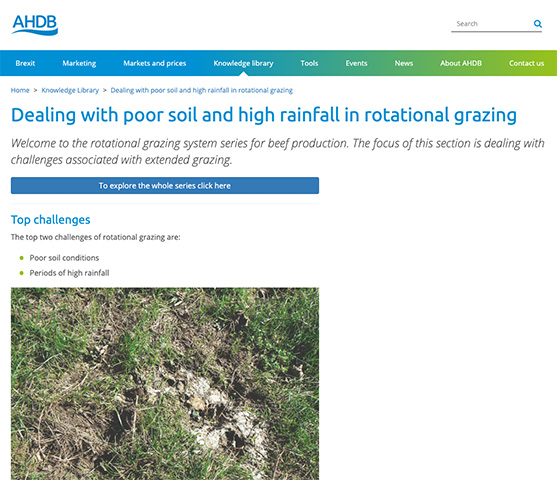Know How / Grassland management
In the current challenging climate, all livestock producers are under pressure to maximise the cheapest food source – forage. See the latest thinking on grazing methods, forage systems, reseeding and varieties as well as how others are making more from grass and maize.

